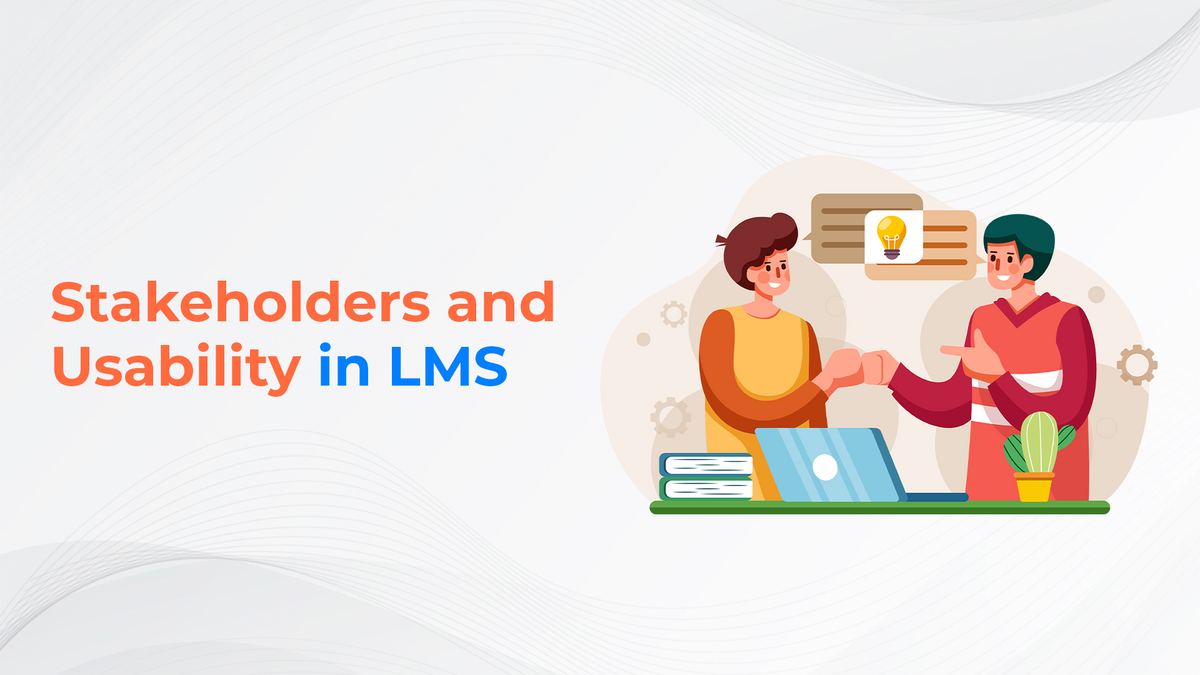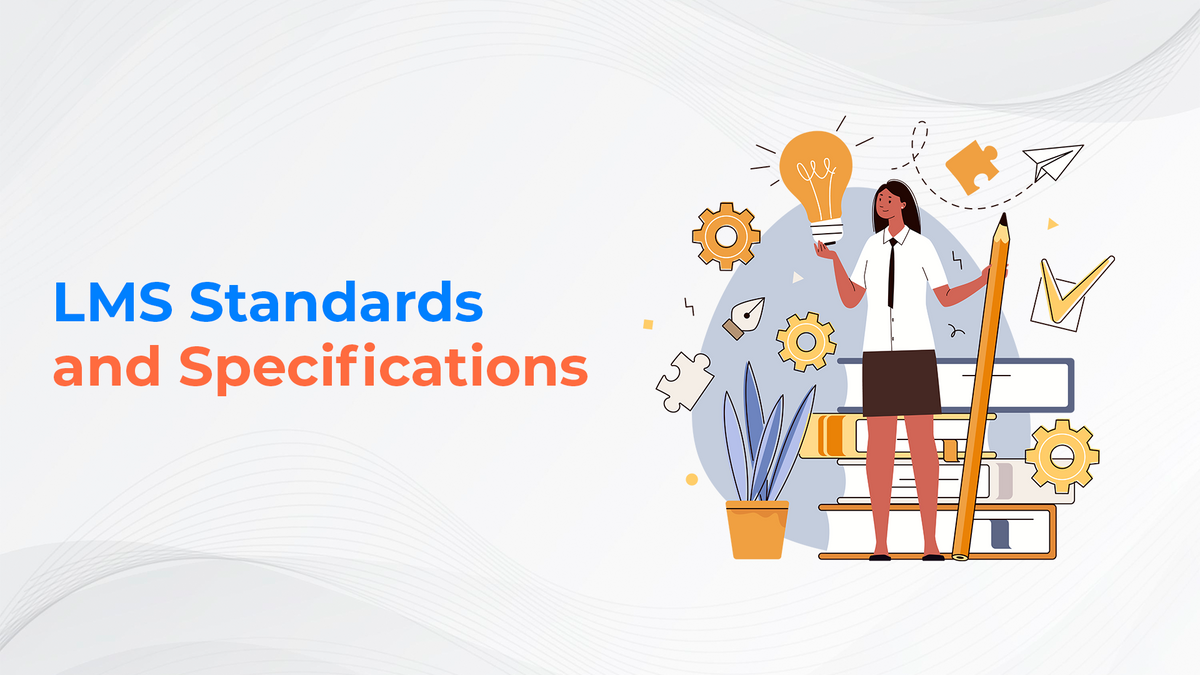LMS (Learning Management System) is a type of system that is designed to organize and manage the creation of courses, provide appropriate access to certain users, create and organize learning activities, and provide reports for all users. When implementing a Learning Management System, there will be a number of stakeholders or people who will be affected by the implementation of the LMS. In spite of the fact that some people may hold a variety of roles within the LMS, each of these roles has a unique perspective on what is expected from the LMS and what would make it useful to the people in it. It is imperative that you consider the usability of your LMS from the perspective of your various stakeholders if you want it to be used by them.
Making it Real
Whether you are looking to implement a Learning Management System in an educational institution, such as a college, or in a company, the roles of your stakeholders will be similar regardless of whether you are planning to do so in this way. In some cases, it is possible that one individual or a group will take on several roles at the same time. It is common for one person to perform both the instructional and instructional design roles, or to be an LMS administrator or IT support team member. This section will examine each of the main roles involved in the implementation of a Learning Management System.
Instructors
Depending on the design of the course, the role of the instructor will vary from one course to another. As part of this stakeholder group, you will be looking specifically at the delivery aspects of a course, in other words, aspects that come into play when there are actual students who will be enrolled in the course. As part of the instructional designer stakeholder group, we address the design aspects of the course. Among all your stakeholders, instructors will have the highest interaction rate with your LMS, than you will with any other entity.
An instructor will have to grade each learner's submission, so he or she will use the tool multiple times just to understand the instructions and upload the file; the learner is only able to access the tool once to understand and upload the instructions. By grading and providing feedback automatically, this workload can be reduced. Even though your instructors are smaller in number than your learners, they will be the ones who will be accessing your LMS most frequently.
The Organization
Despite the fact that this role may not seem like a stakeholder role, there will be a number of reasons for an organization to invest in an LMS. This can refer to a college, a company, a department, human resources, etc., and it may also refer to an organization. You will find that there will be someone who could represent the interests of the organization in your organization when you explore potential individuals within the organization.
Stakeholders and Roles
Learning management systems are the cornerstone of electronic learning services offered at any institution, including those in the K-12, higher education, corporate or military sectors. In order to achieve academic credit, professional development, or continuing education, there are various versions of electronic learning that can be found in face-to-face training or courses, hybrid training or courses, and fully online training or courses. In order to accomplish this, multiple stakeholders must be involved in the process, in addition to the leadership, learners, and instructors or facilitators.
There will be discussions about proprietary and open source LMS software, cloud-based or locally installed software, plus support options, functions, and features.
Cloud-based LMS
There is a type of LMS that is hosted on the web as a web service, while the version that is installed locally runs on a laptop or tablet, either at the institution or with an organization that agrees to house, manage, and maintain the server. You can choose two options, depending on what level of control and information security the institution wishes to have. It is less secure to run on a cloud, but the downtime required to upgrade software is minimized.
Conclusion
For your LMS to be successful, it is imperative that you carefully consider how each role will be affected by your LMS. There is no doubt that a learning management system like BrainCert is designed to organize and provide learning opportunities to all stakeholders. Identifying obstacles to your learning management system's satisfaction will be easier if you understand the goals of each group.









